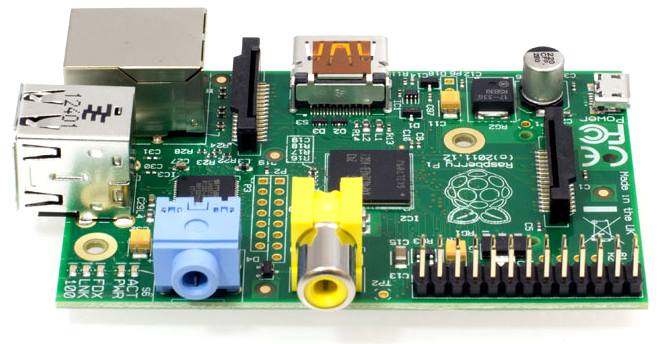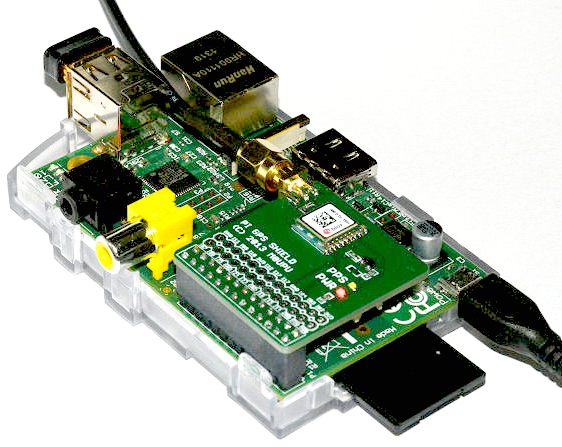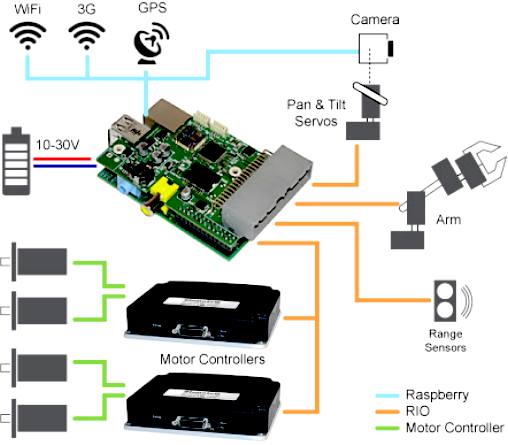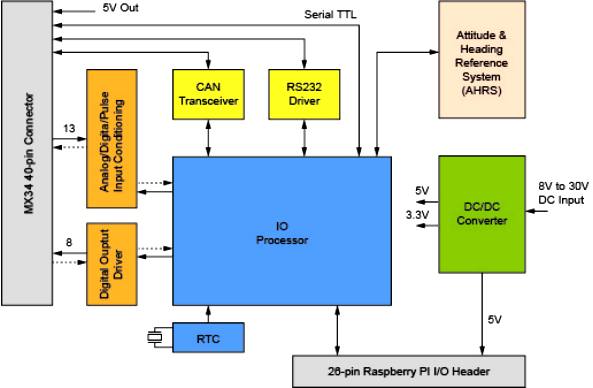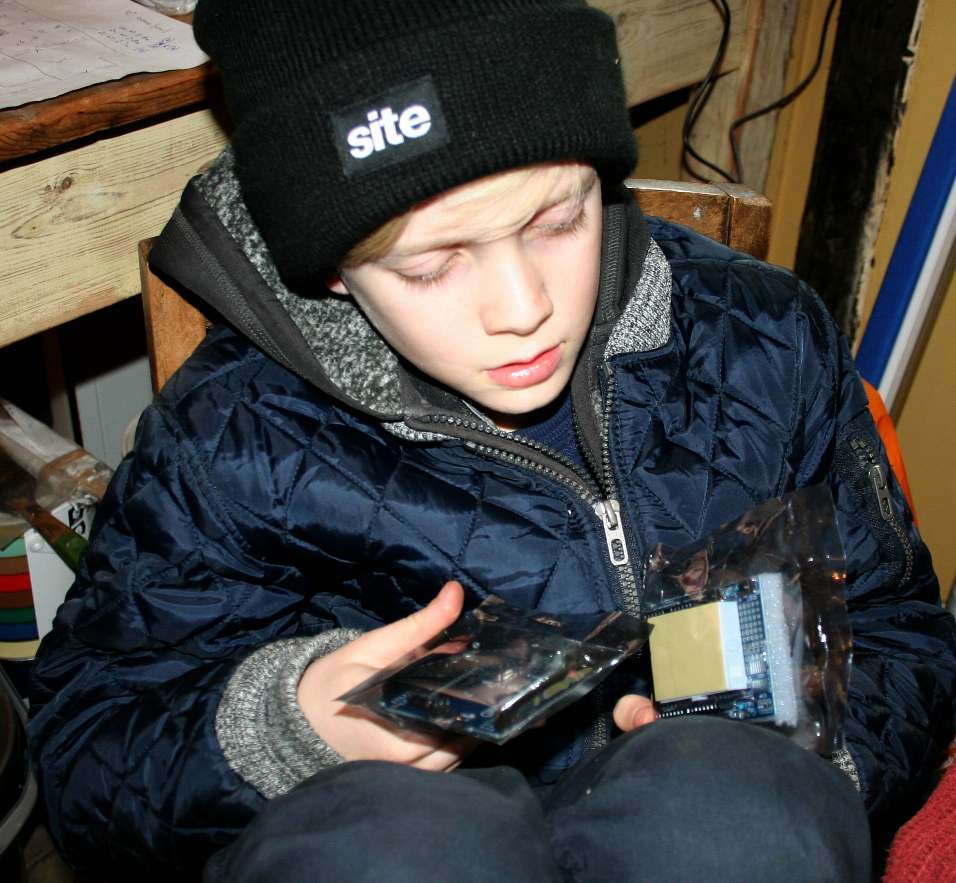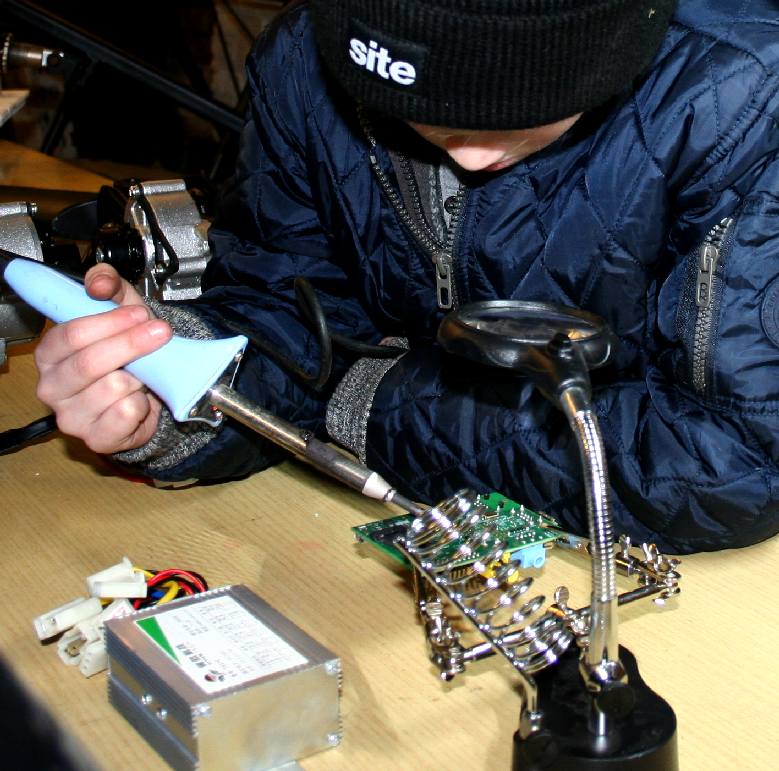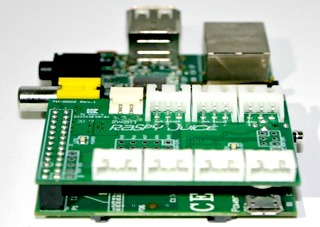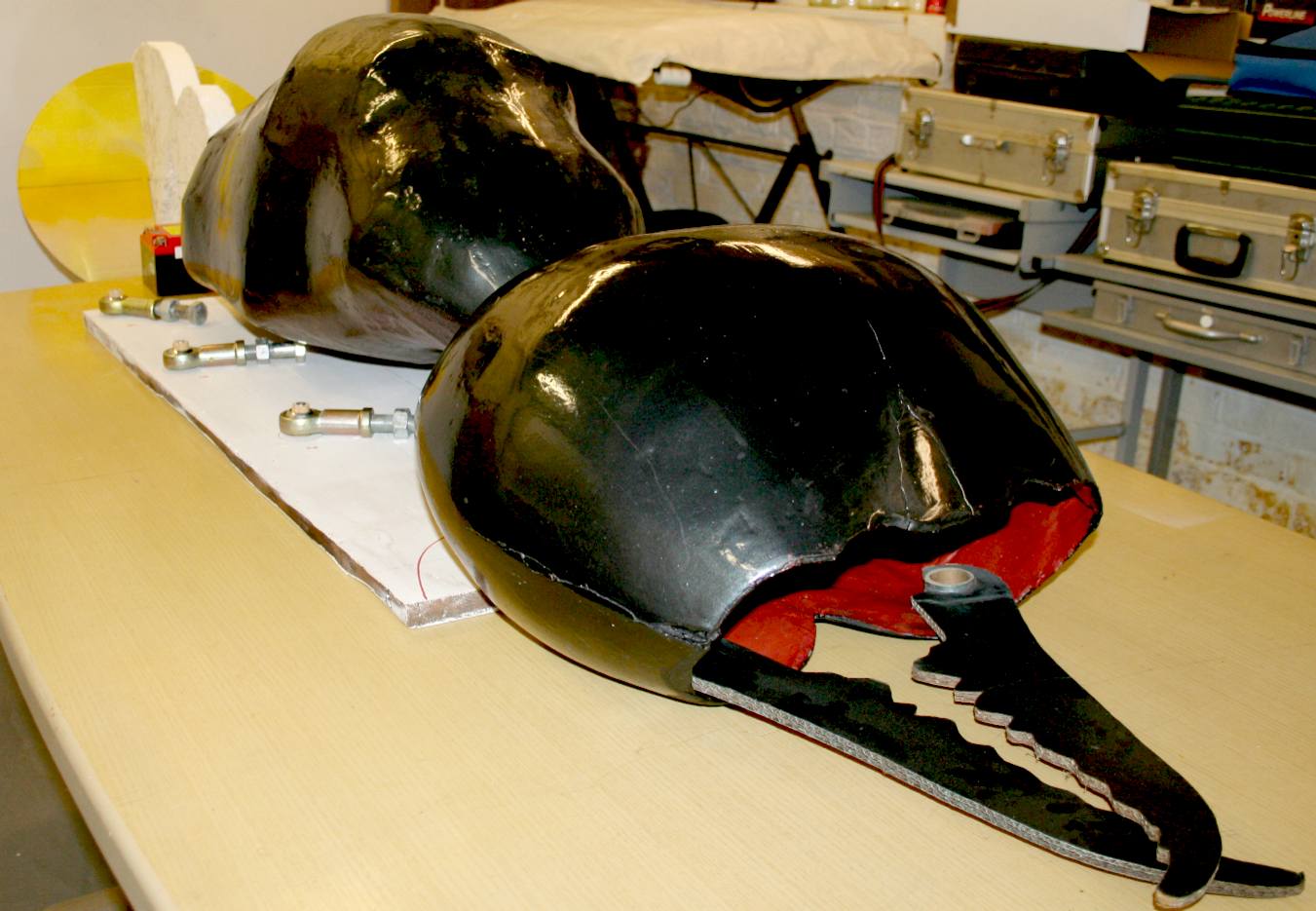|
Raspberry Pi
|
|
|
The Raspberry pi micro computer
Designed in Cambridge and manufactured in Wales, the raspberry pi is looking to be a catalyst towards solving the world’s computing issues by educating and empowering today’s youth about programming.
The raspberry pi foundation is a non-profit organization that spent 6 years developing their first raspberry pi. raspberry pi is a computer the size of a credit card, at a price of $25, designed to activate mainly kids into coding computers.
According to an article by the BBC they are able to keep the costs down due to the goodwill toward the project. The software is open-source, chip manufacturers have kept their prices low, and the majority of the profits are funneled towards improving the devices and creating incentives to get children programming. Ravi Naidoo adds that 'we must prepare kids better for a more digitalized world, not just envelope them in ready-made tech. We don't want to live edited lives, we want to live creative lives.'
ROBOTEQ NAVIGATION COMPUTERS
Roboteq is offering a high-performance, and very low cost computing platform for Robot control based on the highly popular Raspberry PI computer and a smart expansion card we call RIO. The result is a compact stack of only 85 x 56 x 20mm, running Linux from SDFlash on a 700MHz ARM SoC. The RIO will connect to sensors and switches via 13 inputs that can be configured as Digital, Analog or Pulse inputs. Eight Digital outputs are provided for driving loads up to 1A each at up to 24V. The processor onboard RIO can be programmed using the MicroBasic [add link] programming language to perform logic, conditioning and other processing of the I/O.
ROBOTEQ RIO
RIO is an intelligent I/O expansion card to turn Raspberry PI into a powerful and inexpensive embedded computer for robotics navigation, unmanned vehicles, machine control, industrial & home automation, automotive, automated test equipment and any other applications that need interfacing to the real world.
PROGRAMMING LANGUAGE
One of Roboteq's controller’s most powerful
features is the ability for the user to write programs that are permanently saved into, and run from the controller’s Flash Memory. This capability is the equivalent of combining the motor controller functionality
directly into the controller.
MicroBasic Scripts can be written to chain motion sequences based on the status of analog/digital inputs, motor position, or other measured parameters. For example, motors can be made to move to different count values based on the status of pushbuttons and the reaching of switches on the path. Adapt parameters at runtime
- MicroBasic Scripts can read and write most of the controller’s configuration settings at runtime. For example, the Amps limit can be made to change during operation based on the measured heatsink temperature. Create new functions
- Scripting can be used for adding functions or operating modes that may be needed for a given application. For example, a script can compute the motor power by multiplying the measured Amps by the measured battery Voltage, and regularly send the result via the serial port for Telemetry purposes. Autonomous operation - MicroBasic Scripts can be written to perform fully autonomous operations. For example the complete functionality of a line following robot can easily be written and fitted into the controller.
Scripts are written in a Basic-Like computer language. Because of its literal syntax that is very close to the every-day written English, this language is very easy to learn and simple scripts can be written in minutes. The MicroBasic scripting language also includes support for structured programming, allowing fairly sophisticated programs to be written. Several shortcuts borrowed from the C-language (++, +=, ...) are also included in the scripting language and may be optionally used to write shorter programs.
A Raspberry Pi with the SeaVax solar powered proof of concept model boat.
RASPBERRY FOUNDATION WINS INDEX AWARD 2013
WHERE WILL THE MONEY GO?
The raspberry pi foundation will use the E100,000 from winning INDEX: award 2013 to pay one year’s salary and expenses for one new full-time and one new part-time employee for the raspberry pi foundation. Both employees will work on producing original educational support material for the raspberry pi, and on repackaging permissively licensed third-party material into a standardized format. the provision of high-quality teaching resources is the key to making an impact outside the core users which are independent schools, high-achieving state schools, children of technically literate adults, and is an area where the raspberry pi foundation is only just starting to make an investment.
A
particular opportunity is rising in the UK in the coming year since a new computing curriculum is being introduced in 2014 and many UK non-specialist teachers will require careful support to deliver a high-quality experience to their students. the raspberry pi foundation have recently sponsored the creation of a first-level 'map' of the curriculum, and by the start of the 2014-2015 academic year, the two employees funded by INDEX: award will have produced detailed support material covering the majority of this map.
Due to the lack of good quality applicants, which is backed by research carried out by the royal society that shows there has been a 60% decline in the number of
British students achieving an a-level in computing since 2003, they were unable to fill classes and realized something needed to be done in order to solve this increasing problem. the ability to provide kids with a tool that can help them to understand computer coding and the ability to distribute computer power widely for very little money. the low price of raspberry pi's ensures that creativity and play can be added to children and young people's use of computers and programming.
RASPBERRY Pi - Your computer board and other electronic components should come in protective plastic packets to prevent static electricity damage. A stand with clamps and magnifying glass will help you when it comes to fiddly soldering.
ABOUT INDEX
The Raspberry Juice, expansion board - for simple robotics. The key is keeping it as simple as possible
CONTACTS
Press & Bloggers: press@raspberrypi.org
Forum problems: forum@raspberrypi.org
Liz Upton answers PR questions: liz@raspberrypi.org
Something else to say: info@raspberrypi.org
LAYOUT - Under development for 2017 is this giant hexapod. The steel version of the frame will be a standard platform that will be made available to developers, museums and other operators for around £1,000 pounds. That gives you a 2.7m (9' foot) frame and legs for you to makes your own bodywork and static display unit. If you'd like this bodywork in GRP add another £300. If you'd like the robot programmed to interact with an audience, we can also arrange that for you, but at more cost. So why not program yours yourself. The Raspberry Pi is an ideal micro computer to act as the brains of a DinoBot.
TECHNICAL HELP & RESOURCES
Installation guides - for the new user who needs help getting their Pi up and running
Equipment guides - information on Pi equipment and peripherals
Pictorial buying guide - For the user waiting for their first Pi to arrive who wants to know what equipment to buy, and what it does.
HELPFUL DOWNLOADS/PROGRAMS TO ENHANCE YOUR Pi EXPERIENCE
RPI.GPIO (Included by default in Raspbian) – A Python interface for working with the GPIO pins Download Program, View Documentation
Helpful guides - materials which can teach you how to get the most from your Pi
The
Magpi
Other - additional places to look for ideas on what to do with your Pi
The
Project List, a great resource for deciding what to do with your Pi
Technical documents - for the advanced user SoC datasheets - The main chip on the Raspberry Pi
BCM2835
(SoC) Datasheet
LAN9512 datasheets - the chip that provides the two USB ports and the Ethernet port LAN9512
Data brief
Raspberry Pi Videos
ARDUINO - ARM HOLDINGS - BEAGLEBOARD - MBED - PCBs - PICAXE - RASPBERRY PI
LINKS
The marine installers rant blogspot 2013 arduino weds raspberry freeboard project Github Rob 42 freeboard server UU Gear raspberry pi arduino solution http://www.uugear.com/uugear-rpi-arduino-solution/ http://themarineinstallersrant.blogspot.co.uk/2013/05/arduino-weds-raspberry-freeboard-project.html https://github.com/rob42/freeboard-server http://www.42.co.nz/freeboard/ http://www.roboteq.com/index.php/roboteq-products-and-services/navigation-computers http://www.satsignal.eu/ntp/Raspberry-Pi-NTP.html arduino computer (open source) picaxe microcontroller (open source) http://www.youtube.com/user/RaspberryPiTutorials http://fishpi.org/contact.html http://rockblock.rock7mobile.com/ https://code.google.com/p/raspy-juice/ http://www.yellowbrick-tracking.com/ http://fishpi.org/wiki/index.php?title=The_Proof-Of-Concept_Vehicle http://fishpi.org/wiki/index.php?title=The_Prototype http://fishpi.org/wiki/index.php?title=Hull_Design http://www.modelsbydesign.co.uk/ http://www.raspberrypi.org/ http://international.findmespot.com/ http://www.amsat.org/ http://en.wikipedia.org/wiki/Composite_material#Autoclave_moulding http://www.enecomitalia.com/ENG/caravans.html
|
|
|
This website is Copyright © 2017 Bluebird Marine Systems Limited. The names AmphiMax™, Bluebird, Bluefish™, SeaVax™, SeaNet™ and the blue bird in flight logo are trademarks. All other trademarks are hereby acknowledged. The color blue is a protected element of the mark.
|
